FASHION | When the Future Was Ultramodern :: Visions from the Space Age
designKULTUR’s top post. Originally published on 7 February 2010; relaunched with lots of extra bits on 11 October 2011.



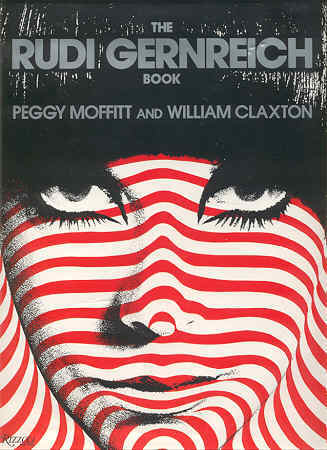

![]()
Jean Shrimpton by Richard Avedon 1965
“Donyale Luna dans une robe Paco Rabanne” (aluminum plate studded chest dress, 1966). Luna (what an appropriate name for the Space Age) was the first black model of consequence. Hers is a tragic and intriguing story and I’ll be writing more about her in another post.
Paco Rabanne: Haut et Robe, 1969.
Rabanne kicked off the Space Age look in 1964. In this photo, Patti Boyd and Celia Hammond wear felt hats designed in 1965 by milliner Edward Mann and photographed by John French. Like Giorgio Armani 45 years later, Mann was inspired by la luna.
Another John French photo from the Space Age: Edward Mann’s “Space Hats.” © V&A Images. More Bates below:
Although not truly Space-Agey, Yves Saint Laurent’s iconic Mondrian dress from 1965 still looks striking. YSL looked to the past to arrive at his vision of the future. The dress made the cover of Paris Vogue in September (photo by David Bailey) and was picked up by LIFE magazine.
More LIFE magazine from 3 September 1965 with astronaut Charles Conrad and the Space Race on that week’s cover:
Also from LIFE, Dior’s ostrich feather hoods, 1965: Space-Age hair for gorgeous girls. These three “chicks,” in particular, are strikingly beautiful.
Raquel Welsh en Pierre Cardin
A “biker” look from Pierre Cardin’s Space Age era, which began in 1965.
Kоллекция П. Кардена «Космическая эра»
(Collection P. Cardin “Space Age”)
Emilio Pucci for Braniff Airlines. Braniff literally took the Space Age to new heights with its mid-sixties uniforms. Have a look at Come Spy With Me for more about this trend-setting airline’s visual identity program from the ’60s.
Below: Braniff’s SpaceHostess at the unveiling of the Concorde, 1969. Too much!
Pierre Cardin in-flight for Olympic Airlines, 1969
Stanley Kubrick passed over Braniff and chose Pan Am to represent the future of space travel in his 1968 opus, 2001: A Space Odyssey.
Kubrick was prescient on a lot of matters, but not the future of aviation: Pan Am went belly up in 1991, a full decade before the “real” 2001. (But then again, Braniff went bankrupt in ’82).
The film’s costumes were designed, surprisingly, by Sir Hardy Amies, best known for his role as dress designer for Her Majesty Queen Elizabeth II (who, to the best of my knowledge, has never looked Space-Agey).
In the 1960s, Pan Am established a waiting list for future flights to the moon, issuing free ‘First Moon Flights Club’ membership cards to those who requested them.
A fictional Pan Am ‘Space Clipper,’ a commercial spaceplane called the Orion III, had a prominent role in Stanley Kubrick’s film 2001: A Space Odyssey and was featured in the movie’s poster. Plastic models of the 2001 Pan Am Space Clipper were sold by both the Aurora Company and Airfix at the time of the film’s release in 1968.
– Wikipedia, Pan American World Airlines
Michelangelo Antonioni’s first English-language film, Blowup (1966) was produced at the height of the Space Age fashion rage and includes scenes of David Hemming’s character, a mod London photographer, shooting high fashion in his studio.
It’s a toss-up whether 2001 or Blowup is the more obtuse film, yet both are certainly creatures of their era and both films presented Space Age couture to the masses.
Costumes (in the style of Mary Quant and Rudi Gernreich) for Blowup were designed by the late Jocelyn Rickards, costume designer for New Wave films.
On television, John Bates’s fashions for The Avengers‘ Emma Peel (the incomparably sexy Diana Rigg) also played on the Space Age theme. Bates also played an important (perhaps central) role in introducing the miniskirt. The Telegraph (London) wrote: “Bates was probably the most influential designer of the 1960s.” Ah … Swinging London in the ’60s!
Diana Rigg: The Emmapeeler (!)
DIANA RIGG and the EMMAPEELER
Here’s that Avenger girl, Diana Rigg, in the grooviest jumpsuit on your TV screen. Called the “Emmapeeler” — after the character she plays — it comes in eight colors and is made of a stretch fabric called Crimplene. T.B. Jones Ltd. of London is the manufacturer.
Emmapeeler? Crimplene?
Vogue US 15 April 1965, Model > Kecia Nyman / Photo > Burt Stern
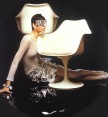
Fashion + Furniture: Eero Saarinen’s iconic Space Age »Tulip« Chairs and Tin Foil Girl.
»Take us to your kitchen.«
Pierre Cardin: “An Important ‘Satellite’ Cape,” ca. 1965. Auctioned at Christie’s Resurrection: Avant-Garde Fashion auction in London, 2008 for ₤5,000.
Lot Notes:
This cape is the epitome of ‘Space Age’ couture, coming straight from Cape Canaveral to the catwalk in new, shiny plastic.
Pierre Cardin’s ‘Cosmos’ Tunic and Sweater, 1967 next to Yves Saint Laurent’s Mondrian dress. V&A Museum.
Trendsetter Audrey Hepburn in a “bobby” hat designed by Courrèges. Below: Same picture appropriated for the cover of a Russian magazine, 2008. Photo by Canada’s Douglas Kirkland.
Pierre Cardin sunglasses, 1960s.
Space-age Audrey!
Donyale Luna wearing fashion by André Courrèges, 1966
André Courrèges, undated. Photo by William Klein.
Courrèges go-go boots.
André Courrèges’ cutout go-go boots which first appeared in 1964 along with the introduction of his first Space Age black and white fashion collection. The boots were made famous by French chanteuse Françoise Hardy.
– Glynis Ward, “Go-Go Boots: A Foot-First Jump into the Wacky World of Mod Footwear,”coololdstuff.com
More mid-sixties’ grooviness from Pierre Cardin.
Harper’s Bazaar, April 1965. Photographer > Richard Avedon. Model > Jean Shrimpton
1960s ad for Fresh Start acne cream.
Three co-creators of a new vision for a new age: designer (and co-founder of the Mattachine Society, a pre-Stonewall gaylib organization), Rudi Gernreich, his muse, Californian Peggy Moffitt, and her photographer-husband, William Claxton.
The trio would become famous with the publication of this photo in 1964:
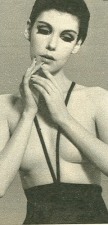
An iconic image from the Space Age (and two demure versions): Rudi Gernreich’s shocking, revolutionary topless bathing suit (he dubbed it the “monokini”) from 1964, modeled by Peggy and gorgeously photographed by her late husband, William Claxton.
He was trying to take away the prurience, the whole perverse side of sex.- Peggy Moffitt
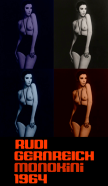
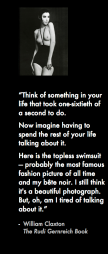

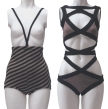
The Metropolitan Museum of Art’s curatorial take on the monokini:
Though swimwear always extends the possibility of a view to the body, the monokini caused quite a stir when it debuted in 1964.
Gernreich’s paradox is that the bottom of the topless suit is very conservative, with ample coverage and made in the same wool material that had been used for Victorian bathing apparel. As a gesture akin to Conceptual Art, this suit merges an avant-garde sensibility with a nod to tradition.
Side note: Gernreich was giving a hands-up to gender equality and the Women’s Liberation Movement with this design — during the Space Age, North American women did not have the right to go about their business “au naturel.”
Although plenty of monokinis were sold in the spring and summer of ’64, few were actually worn.
The Topfreedom or GoTopless movement began at the dawn of the Digital Age when women began to agitate for their basic human right to go top-free. They began winning court cases — the District of Columbia in 1986, New York State in 1992, Ontario (Go Gwen!) in 1996, and Maine in 1998 — which would have impressed Rudi, I’m sure. (Of course, the far more sophisticated Northern Europeans were always way ahead of the curve on this issue of equality.)
Gwen Jacobs’s: Ontario’s Topfreedom champion
But back in ’64, the look was so shockingly new it inspired the following guide to the gauntlet of going topless:
According to Everything Bikini:
Throughout the country, statesmen and church officials pronounced the swimsuit immoral and tasteless.
Because the monokini was so obviously inappropriate for swimming or tanning, many people assumed it was meant to be more of a gag than a serious swimsuit design.
However, despite the reaction of fashion critics and church officials, shoppers purchased the monokini in record numbers that summer. By the end of the season, Gernreich had sold 3000 swimsuits at $24 a pop (a tidy profit for such a miniscule amount of fabric). Still, despite the number of swimsuits purchased, very few monokinis were ever worn in public.
Above: Rudi! Rudi and his Muse (“Collaborator,” according to Moffitt). Below: More Ms. Moffitt!
Spring/Summer 1972: Rudi revisits his icon and recasts it as a white matte jersey jumpsuit with the monokini “set-in” black wool-knit with a red band on the sleeve. (Moffitt called it The Red Band of Courage.)
Spring/Summer 1972: one-piece red and black wool-knit trompe l’oeil swimsuit.
Spring/Summer 1972: black-and-white matte jersey trompe l’oeil jumpsuit (we love jumpsuits! Emma Peel should have worn this one) with wool-knit inserts.
Resort 1965: with Lydia Fields and Leon Bing. Sun visors by Layne Nielson.
Resort 1965: wool-knit tank swimsuit with vinyl hip boots and sun visor. Boots by Capezio, as were all the boots and shoes used with Rudi’s designs.
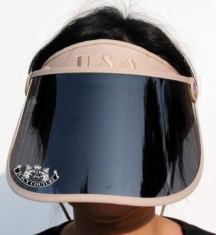
Keeping the Faith I: In the Digital Age, ajumma (아줌마 — Korean for “women who look old enough to get married”) and other affluent Asian women adopted the megavisor in an effort to stay as Snow White as possible, thus distinguishing themselves from their sisters who work in the fields and get tanned.
Swinging London, 1965: swimsuit, lavender wool-knit top with red vinyl dots, and lavender bikini with detachable red vinyl garters and off-white fishnet stockings.
Resort 1968: from a wool-knit group with transparent vinyl inserts. This dress appeared with Rudi on the cover of TIME on 1 December 1967 (click the cover to read the story):
Fall 1965: reversible wool houndstooth cape in shades of beige and brown.
Resort 1965: mirrored earrings by Layne Nielson. Photograph by Peter James Samerjan.
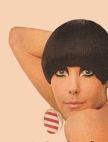
Somebody had to break the rules
The first woman to wear a geometric haircut broke the rules.
Columbus broke the rules.
Florence Nightingale broke the rules.
And Dash broke the rules to make a breakthrough detergent.
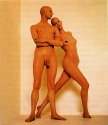
Unisex, 1970: The final conclusion to fashion-forward thinking. Photographs by Patricia Faure.
My collage of Patricia Faure’s photographs of Rudi’s 1970 Unisex collection.
Unisex 1970: forecasting the future, Rudi predicted that “clothing will not be identified as either male or female … women and men will wear skirts interchangeably … the aesthetics of fashion are going to involve the body itself.”
Renée Holt and Tom Broome are the models here in photographs by Patricia Faure. Quote from The Rudy Gernreich Book.
Resort 1967: red, white, and navy silk “kite” dress worn with red vinyl decals.
Stills from William Claxton’s “Basic Black” featuring Rudi’s “Total Look.” The fashions in this short film won Rudi his second Coty Award and the film itself won many other awards.
Rudi’s hands at work in Los Angeles in 1966.
The Big Book of Rudi (and Peggy and William). Click to enjoy 357 pages of the future as it was in the past!
1968: »Rudi and the Snow Queen«
The Dream
Shortly before Rudi’s death, he called me and said, “I had a dream last night that I was in a graveyard, and I saw my own tombstone. I went up to it, and it said, ‘He was always ten years ahead of his time.’ It was hard for me, but I laughed. Rudi said, “I told you that because you’re the only person who I knew would laugh.”
He was wrong of course. He was always thirty years ahead of his time.
Pas de Deux
Without Rudi I would have been a gifted and innovative model. Without me he would have been an avant-garde designer of genius. We made each other better. We were each other’s catalyst. We didn’t invent each other — we played aesthetic Ping-Pong together. One of us would say, or notice, or do something and the other would lob it back across the net. It was fun, it was invigorating, it was a true collaboration, and yes, it was love.
– Peggy Moffitt, The Rudi Gernreich Book
An aside, courtesy of Wikipedia:
Though Gernreich died in 1985, Moffitt is the holder of the trademark on his name and designs, and has since then worked to further popularize his works.
In 1999 she allowed his designs to be put on display in an art exhibition. The same year, Moffitt also worked with Marylou Luther and William Claxton to release a comprehensive book chronicling Gernreich’s designs.
This resurgence in interest of both Gernreich and Moffitt led to a contract with Japanese fashion label Comme des Garçons’ designer Rei Kawakubo to re-create a number of Gernreich’s designs and make them available to the retail market.
Together the duo went through the Gernreich archives and selected key pieces to be re-released under the Comme des Garçons label. In 2003 the “*moffitt” line was finally released as a series of t-shirts (some depicting Moffitt’s image), as well as a range of trousers.
WASH ‘N’ WEAR
In another life: If he hadn’t become a hairdresser, he says he would have been an architect.
I think he studied 1920s’ hairstyles (think Louise Brooks, below) and the Bauhaus —especially the women of the movement — and resurrected their garçonne look for the newly emancipated women of the 1960s.
Oskar Schlemmer, Bauhaustreppe (1932)
Whatever the origins of his inspiration, beginning in 1963 with his “5-Point” haircut, Vidal Sassoon changed the way the world viewed hair styling.
Before Sassoon: Women went for a weekly visit to the salon. Their stylists would cut,set, brush and tease their hair into some sort of confection, dose it with highly flammable hairspray, and hope and pray that their ‘do would last a week until the cycle repeated itself. I call it hair torture.
After Sassoon: Sassoon’s “revolutionary” 5-Pointer (below). No more teasing and backcombing. No more hairspray. Sassoon loved to say, “Shake it!” to his clients. They would, and every strand would fall back into place, perfectly. Hair as architecture: Now that’s Space Age!
Sassoon and then-model Grace Coddington (now Creative Director at Anna Wintour’s American Vogue).
It’s obvious that Grace, who initially popularized the look, lost her faith in it all. I find it amazing that her hair was once capable of looking so slick. Her hair “style” today makes her the Anti-Sassoon.

Mary Quant (still popular in Japan!) was an early proponent of Sassooning.
Keeping the Faith II: Sassoon and Mary — still sporting her Vidaldo — on the set of Vidal Sassoon: The Movie, discussing Peggy Moffitt’s ability to inhabit the clothes she modelled, 2010
I made the name the “Peggy Moffitt” up in honour of Ms. Moffitt. I love the asymmetrical look but wonder how practical it was when trying to cross the High Street.
Keeping the Faith III: Peggy Moffitt and her 5-point, 2010
Mod Mob
A gaggle of models requested the Five Point, but only one would come to own it in print: mod fashion icon Peggy Moffitt.‘Peggy had this marvelous way about directing her own feelings to make hair or clothes look so special,’ Sassoon remembers. The muse of Austrian-born and L.A.-based fashion designer Rudi Gernreich (the man behind the monokini), Moffitt will always be tied to the short, graphic style — which, for the record, she still sports today in her seventies.

Check out the story of story about Sassoon cutting Kwan’s very long locks: Sorry I Kept You Waiting, Madam. Recommended!
Ahh … the ever-lovely Nancy Kwan. She cut off her tresses and instantly looked so sophisticated, thanks to Sassoon.
Actress Nancy Kwan’s haircut proved a major turning point in Sassoon’s career. She walked into his salon with 4 feet of hair and left with this short, geometric ‘bob’ which she showcased in the film The Wild Affair.
As he cut her hair, Sassoon was so sure that he was onto something great, he called up top photographer Terence Donovan and took Kwan straight over to his studio to shoot pictures of the style.
Those pictures went straight into British Vogue and were then picked up by Vogues all over the world making Sassoon a household name. The ‘Nancy Kwan’ hairstyle soon became internationally recognised and sought after, creating a worldwide trend.
Video: Vidal Sassoon shares the secrets of his success
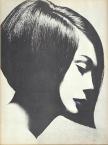
Although rather hagiographic in tone, this film is a must-see if you’re interested in the fashion-forward looks of the Space Age era. I came away impressed, not only by Mr. Sassoon’s rags-to-riches story, but by how he has taken control of, directed and owned his own life based on a vision his mother had when he was a boy. I was also duly impressed by how he easily he can flex 80-plus-year-old body!
Great writing and direction by Craig Teper and a cast that includes Mary Quant, a couple of his wives, salon associates, Grace Coddington, and other seminal figures from the swinging ’60s when all the talent in Britain converged in London and created something the world had never seen before: a youthquake.
My homage to the film: mashed up images from the DVD case and a yellow wedge for Nancy. I’m with Marie Claire — the film is “A Must-See.”
The one thing Vidal Sassoon: The Movie doesn’t delve into enough to satisfy my curiosity is the story of P&G’s “debranding” of Sassoon products (still popular in Japan; never popular in most of the Middle East) after Sassoon sold his company and it was then resold to the soap giant. For details about that chapter of his life, see this story.

- World Premiere: Tribeca Film Festival, 23 April 2010
- UK Cinema Release Date: 20 May 2011
- Run Time: 90 minutes
- Director/Writer: Craig Teper
- Cast: Vidal Sassoon, Beverly Adams [Sassoon], Ronnie Sassoon, Mary Quant, Grace Coddington
PHOTOS > Cardin by Renée Falcke; Courrèges; Rabanne
André Courrèges
In another post I wrote about how the dress below (from Armani Privé) inspired visions of the future in me.
Moreover, this particular dress got me thinking back to the days when fashion seemed much more revolutionary.
This post is my homage to the great designers of the ’60s who, inspired by the era’s headstrong rush into the future, created a new aesthetic in women’s fashion.
Giorgio Armani said that his Privé haute couture line (shown at le Palais de Chaillot in Paris on 25 January 2010) was inspired by visions of la luna. In the mid-sixties, the moon also inspired a host of fashion designers. The Space Age had begun and the Mission to the Moon was in high gear. It was a time of revolutionary thinking and the fashions above display that new spirit.
The fashions below, likewise, reflect and enhance the Space Age sensibility for a new era.
“Jelly Fish” courtesy of Peter & Francesca, Flickr
PHOTO > de Moraes Barros
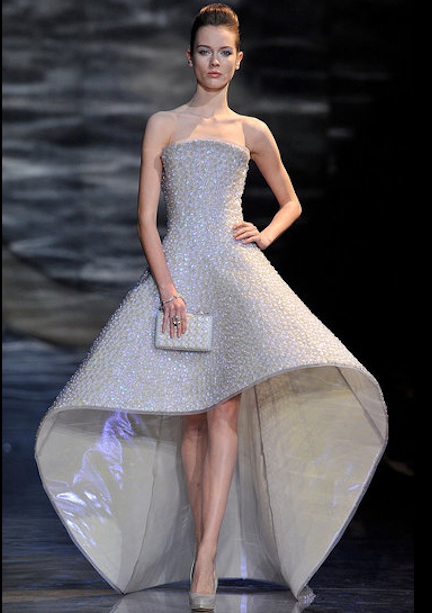
Armani Privé, Spring 2010
°
°
°
Paco Rabanne: Medal dress made of hammered metal, 2001
°
°
°



Photos: © Hussein Chalayan, Collection “Airborne” for autumn / winter 2007/08


Dave: Open the pod bay doors, HAL.
HAL: Dave, I’m afraid I can’t do that.
DAVE: What’s the problem?
HAL: I think you know what the problem is just as well as I do.
Stills from 2001: A Space Odyssey by Stanley Kubrick, 1968. © MGM/Photofest.

Knoll | Saarinen Collection Brochure PDF
★ Pattern Vault | The Mondrian!
About this entry
You’re currently reading “FASHION | When the Future Was Ultramodern :: Visions from the Space Age,” an entry on designKULTUR
- Published:
- 2011/10/11 / 21:30
- Category:
- ART + ARTISTS, CITIES | LONDON, designKULTUR✭ STARS, FASHION, MID-CENTURY MODERN, PHOTOGRAPHY, SPACE RACE
- Tags:
- 2001: A Space Odyssey, Andre Courrèges, Blowup, Braniff Airlines, Celia Hammond, Craig Teper, David Hemmings, Diana Rigg, Donyale Luna, Edward Mann, Eero Saarinen, Emilio Pucci, Emma Peel, Fashion, Françoise Hardy, Giorgio Armani, GoTopless, Gwen Jacobs, Hussein Chalayan, Jean Shrimpton, Jocelyn Rickards, John Bates, John French, Michelangelo Antonioni, monokini, Paco Rabanne, PanAm, Patti Boyd, Peggy Moffit, Pierre Cardin, Queen Elizabeth, Richard Avedon, Rudi Gernreich, Sir Hardy Amies, Stanley Kubrick, The Avengers, The Temperamentals, Topfreedom, Tulip Chair, Vidal Sassoon, Vidal Sassoon: The Movie, visions of the future, William Claxton, Yves Saint Laurent


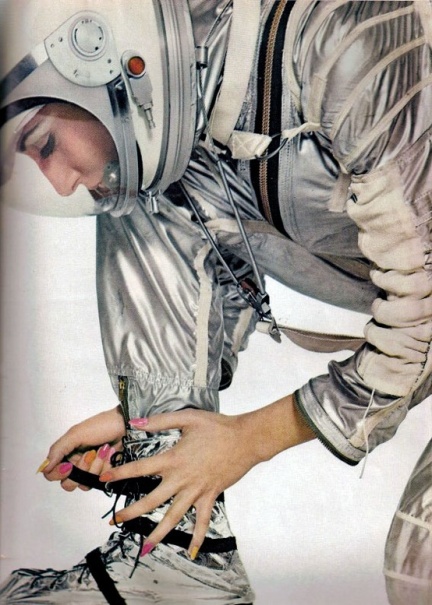
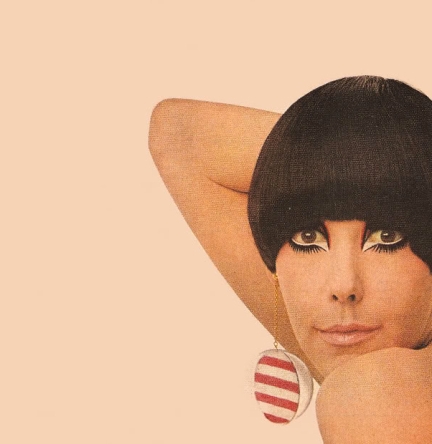
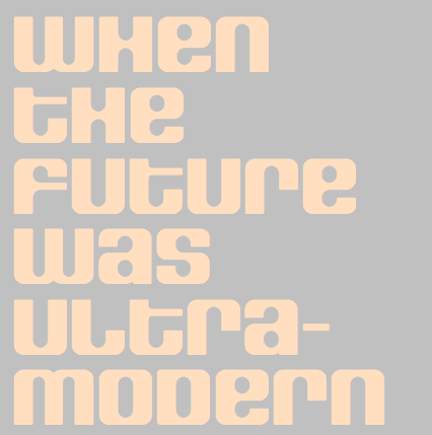
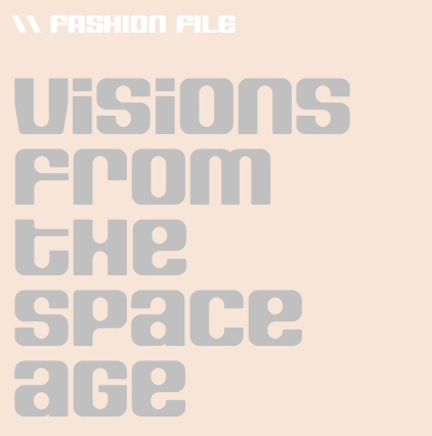
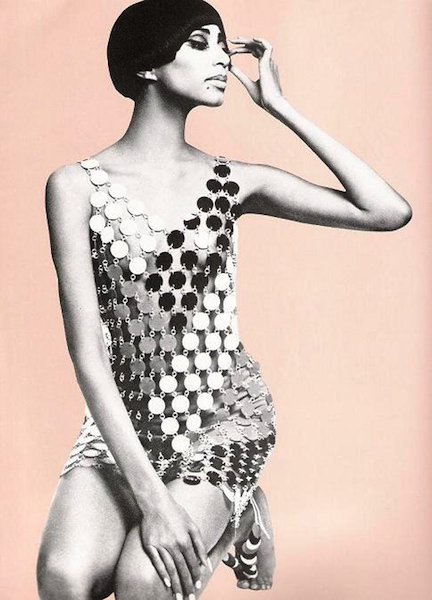
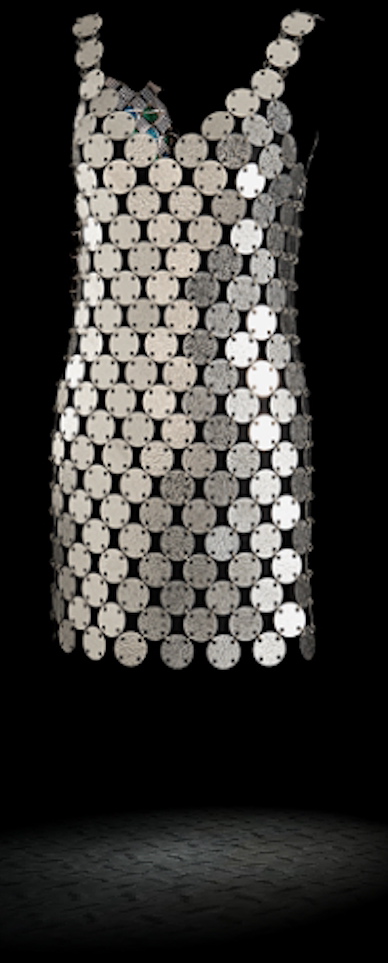
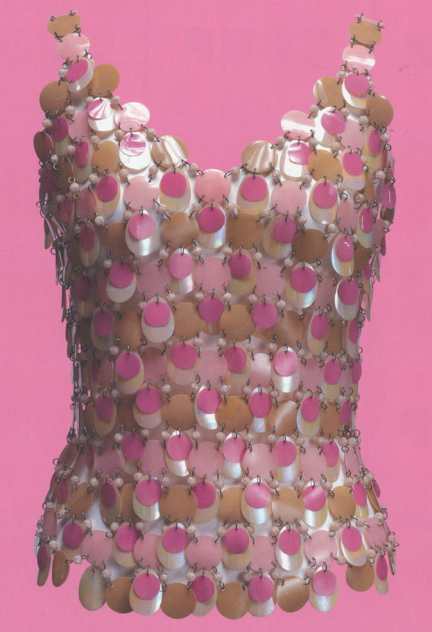
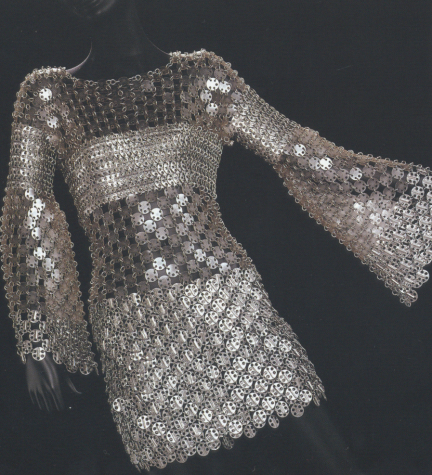


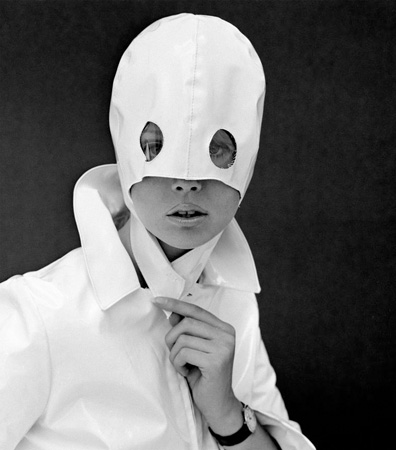

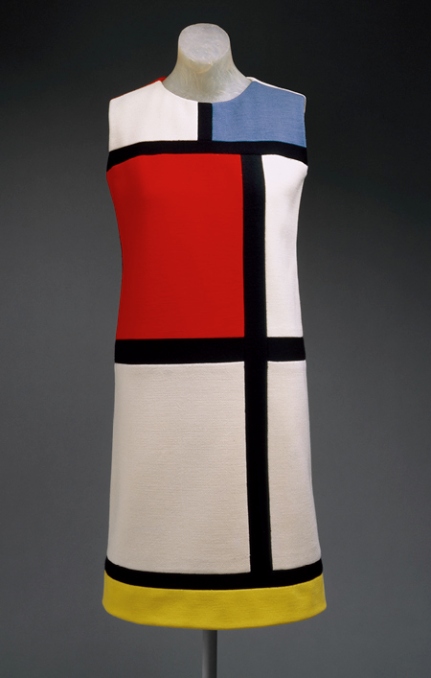
-ATTN-THEDI-2433.jpg)


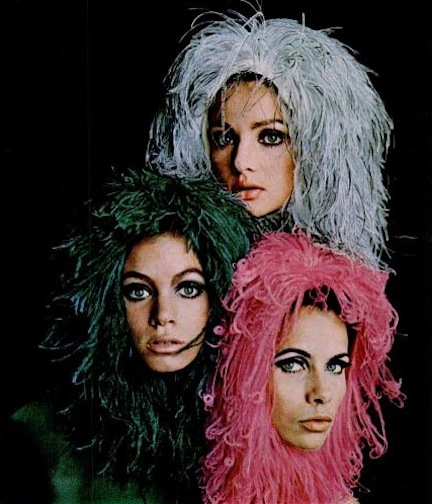
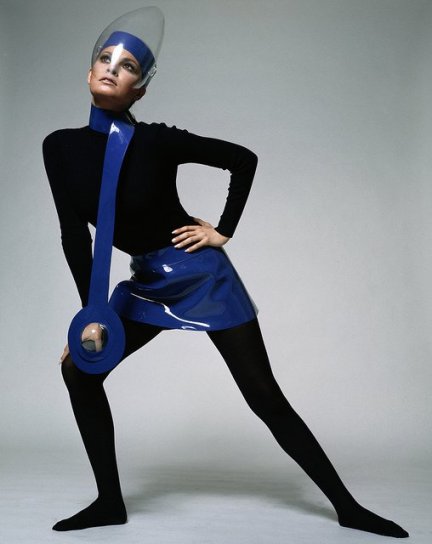
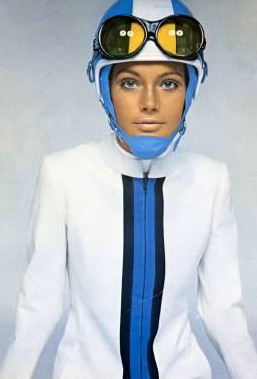

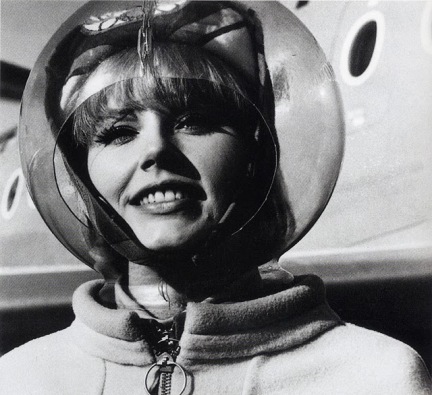



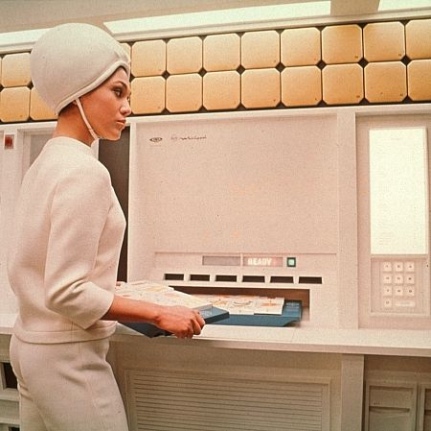

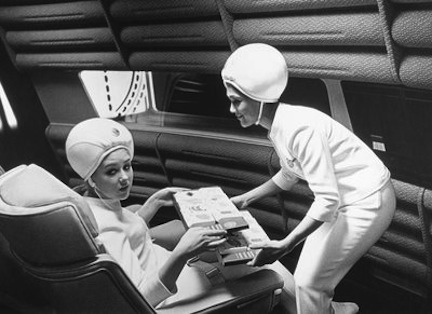
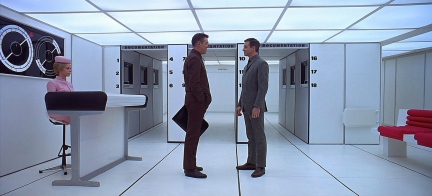
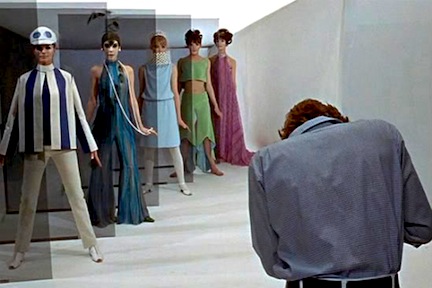
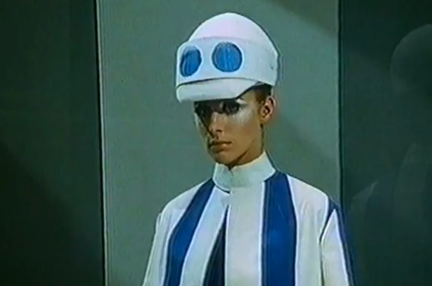
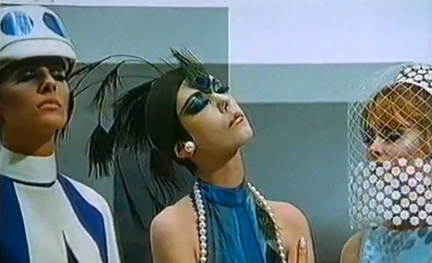
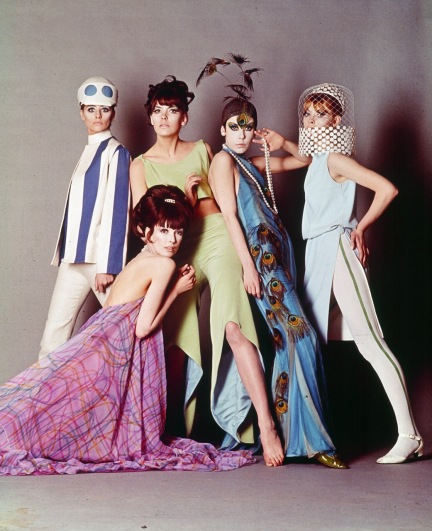


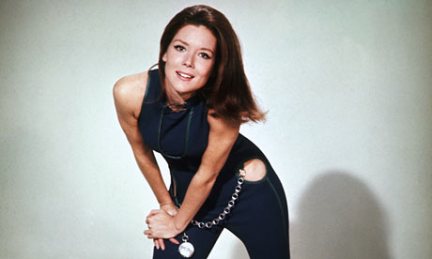
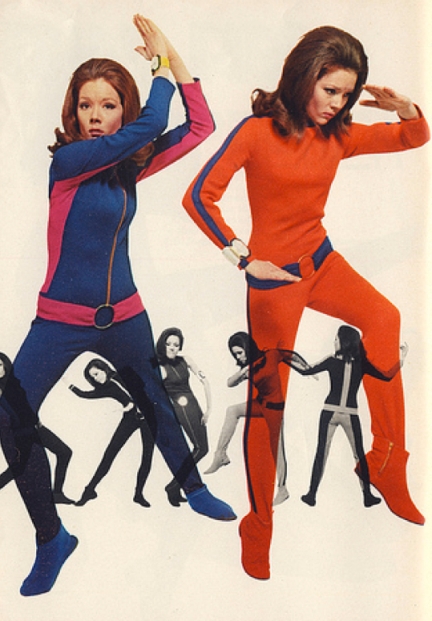
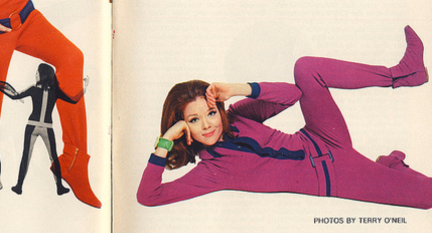
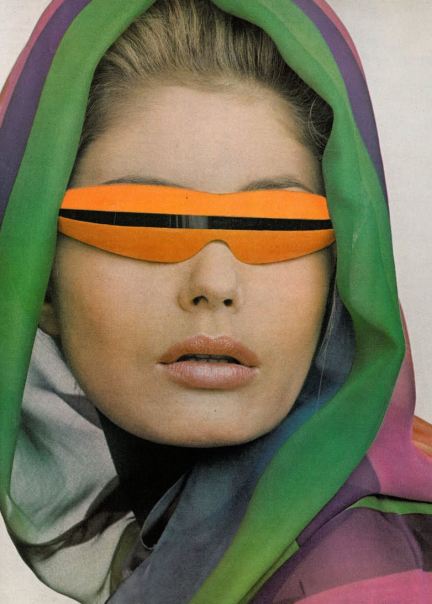
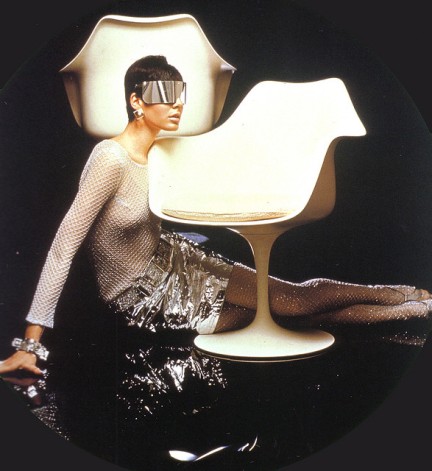








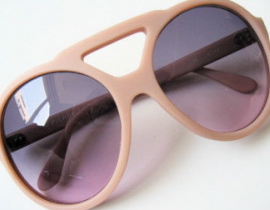



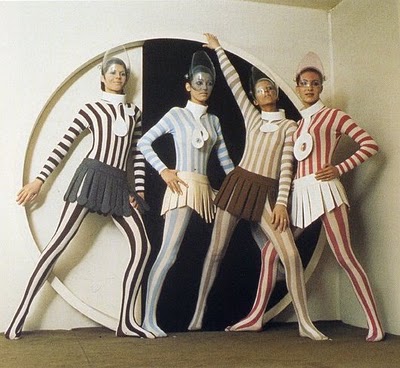
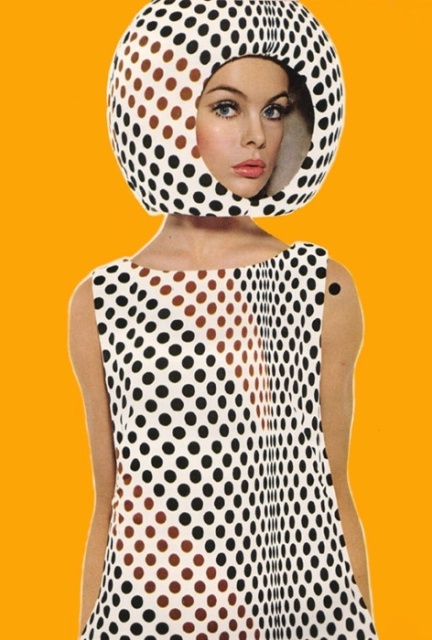

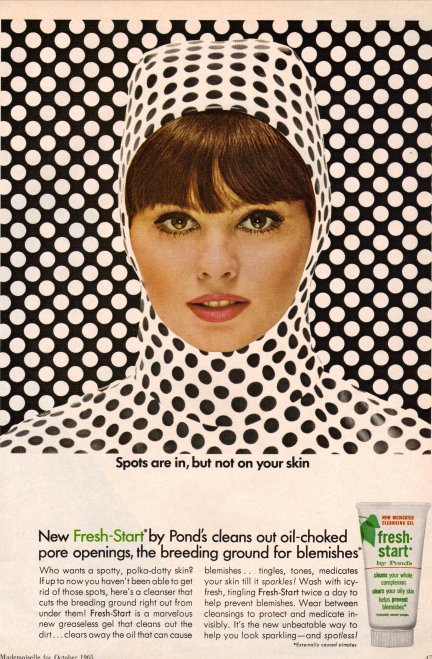
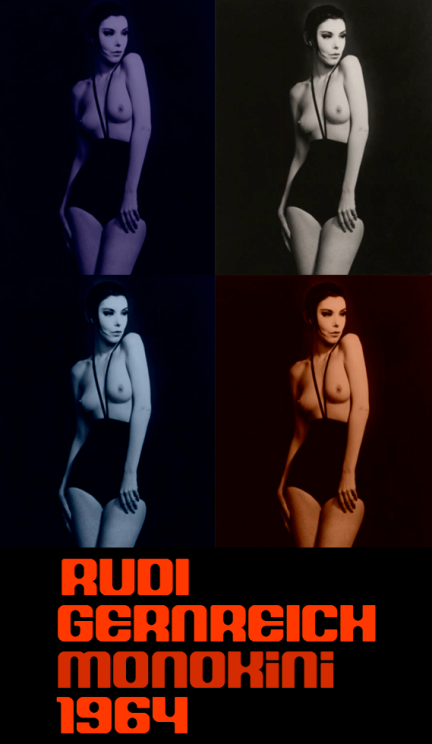
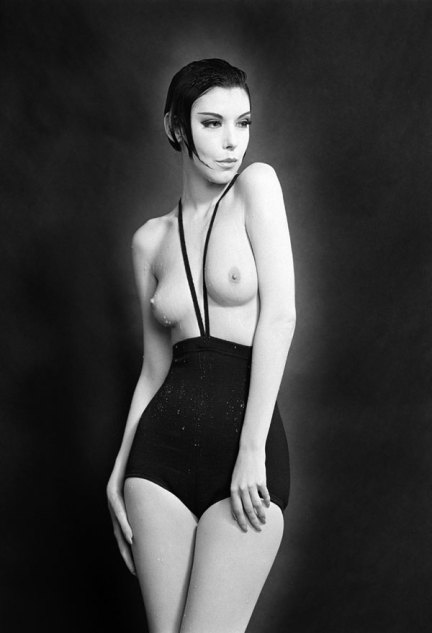

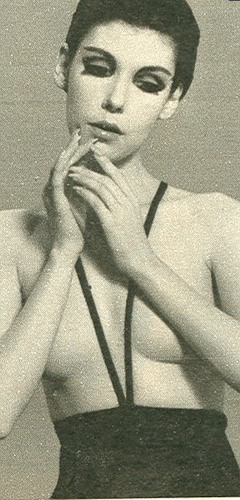
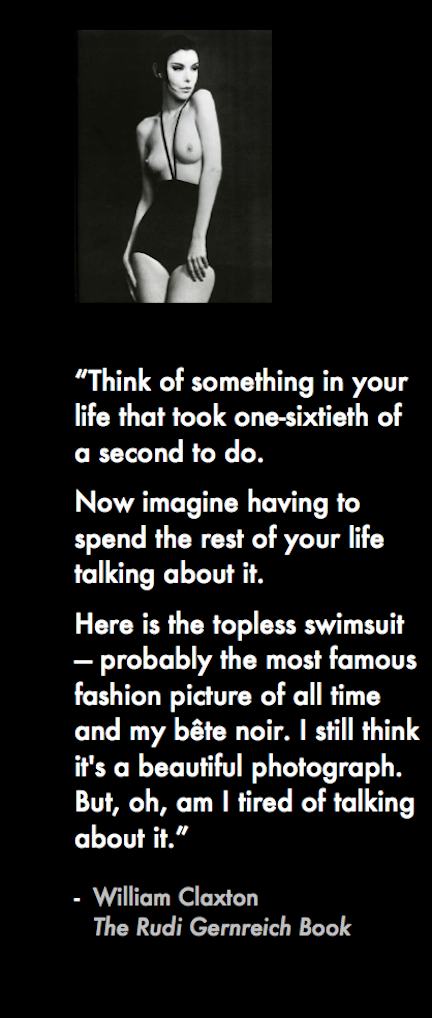

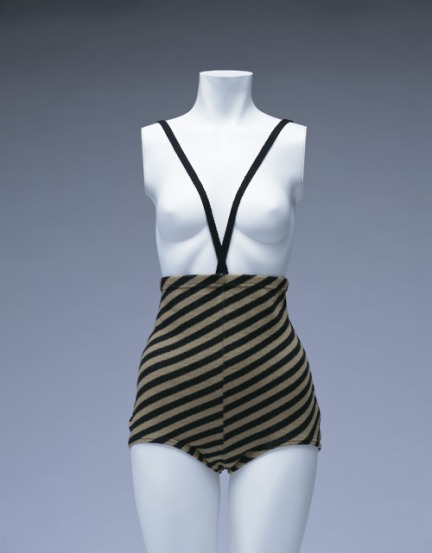
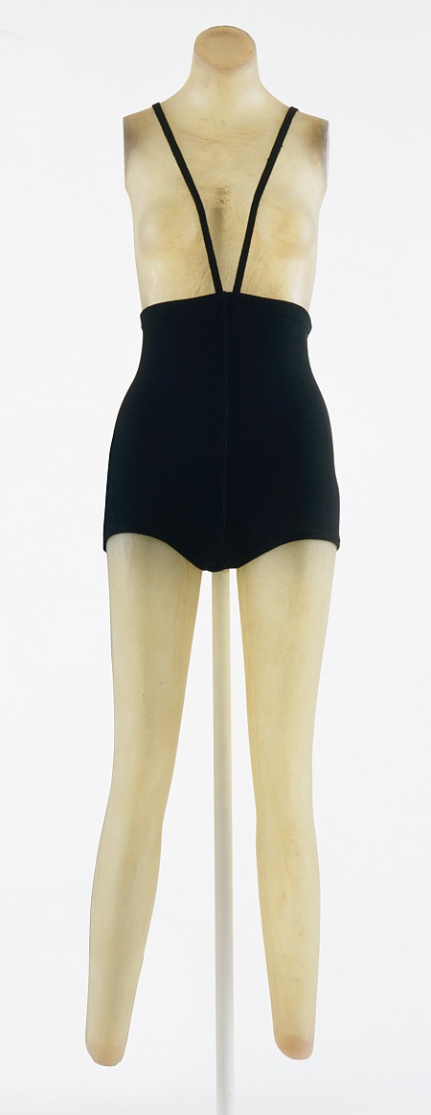
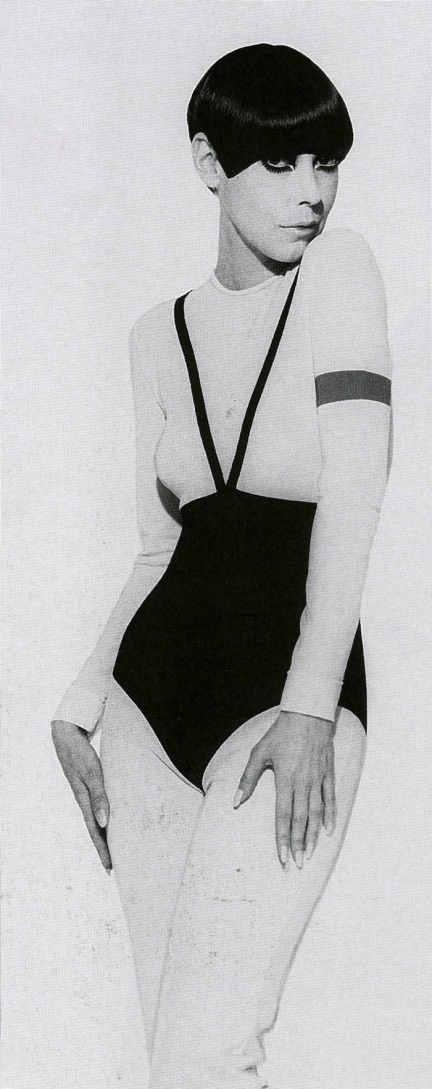



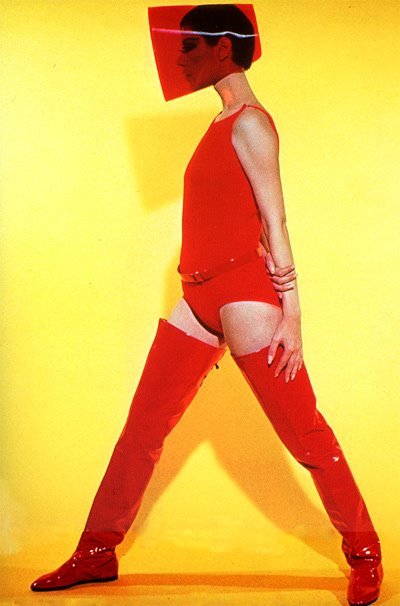



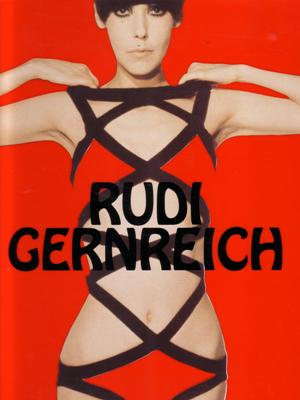

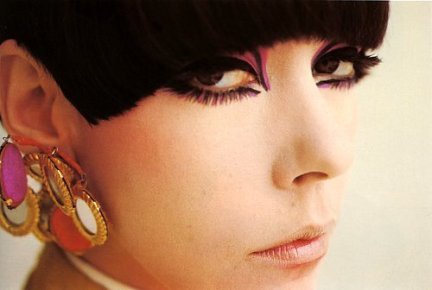
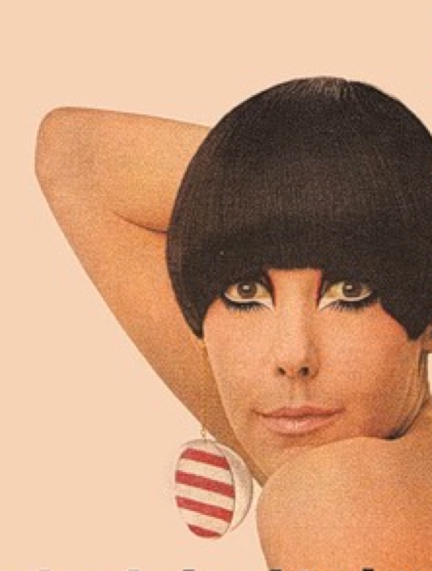
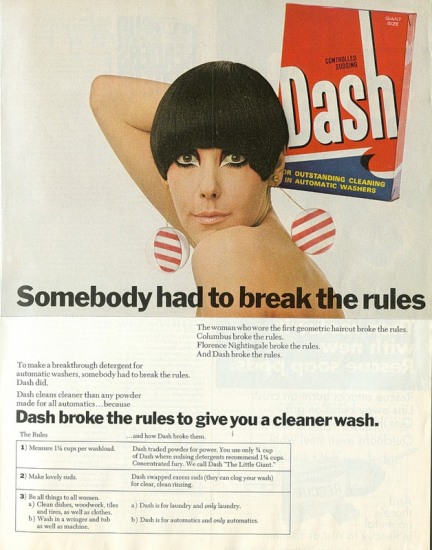

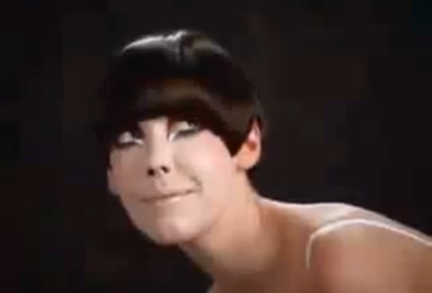
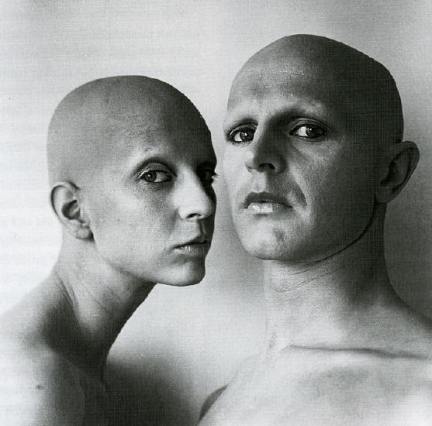
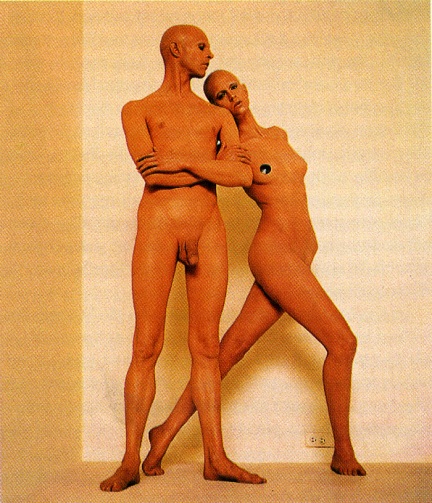
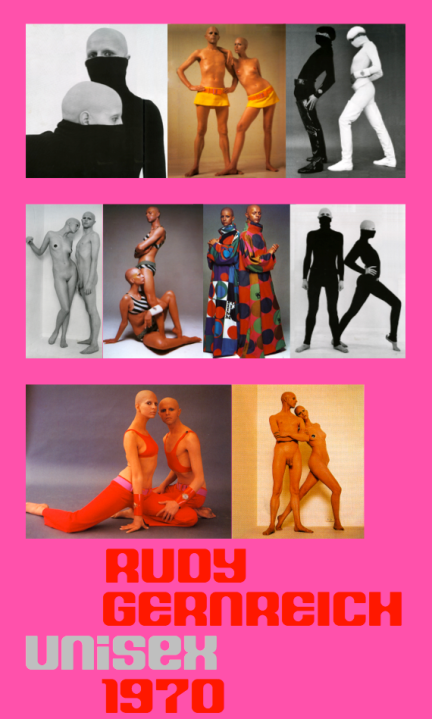
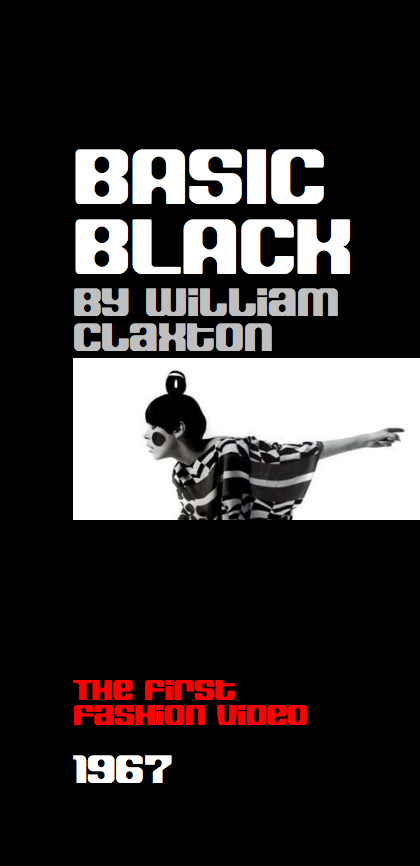

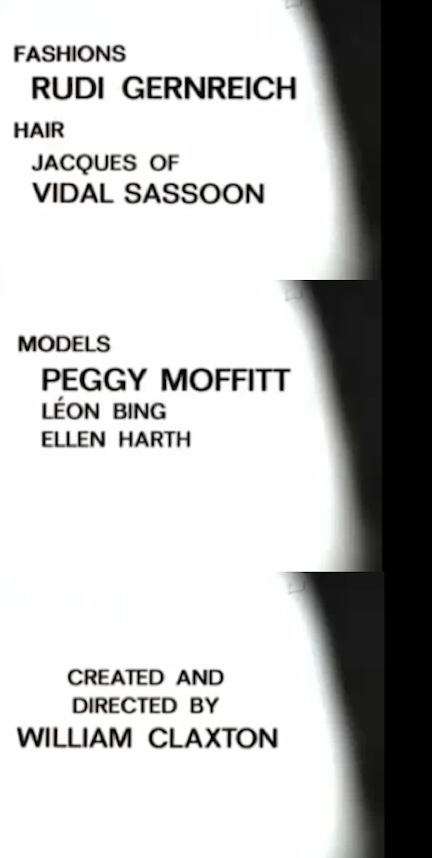
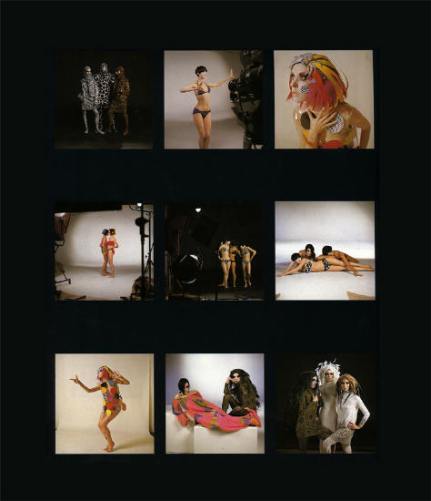
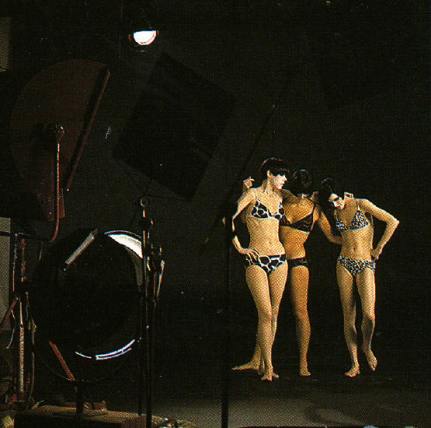
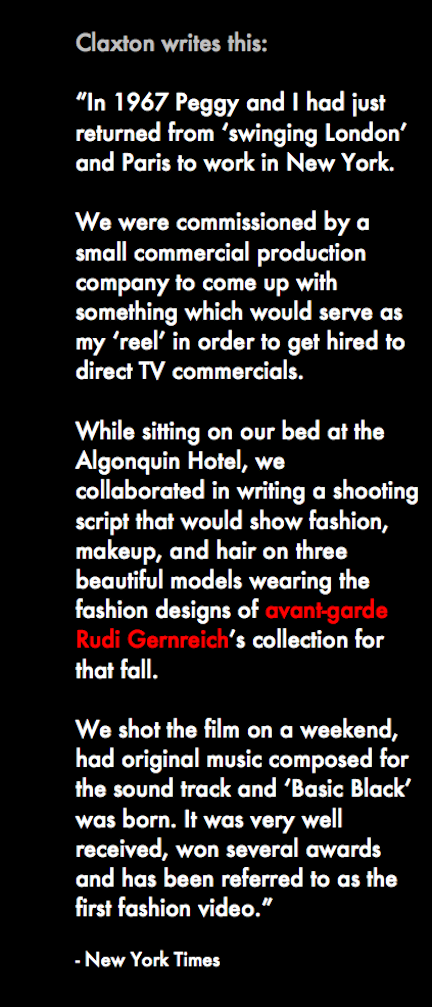
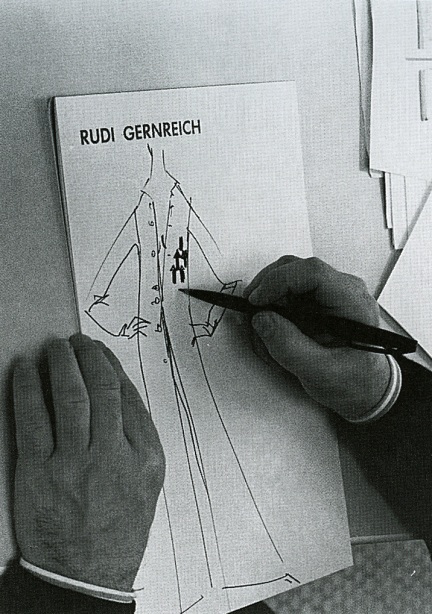

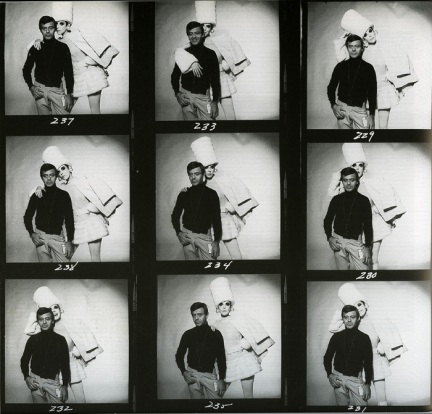

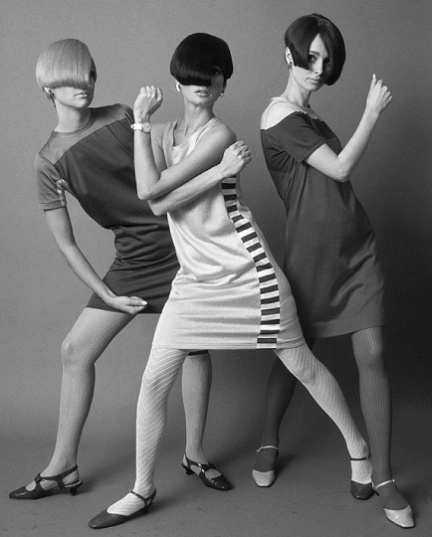



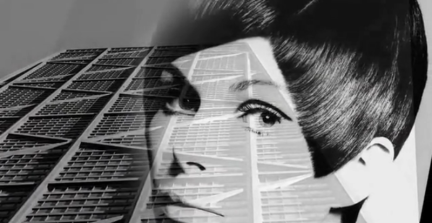




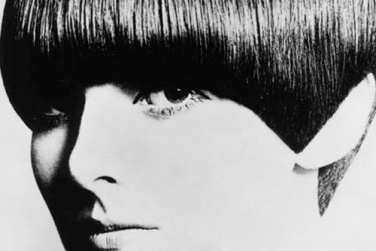

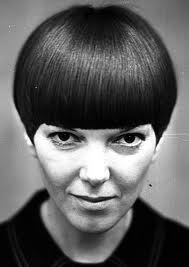
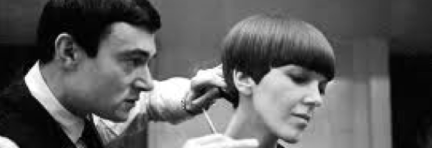
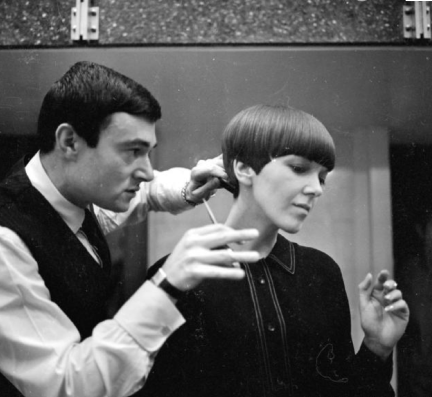
![Vidal Sassoon hairstyle with Mary Quant fashions swinging 1960s Western Women freedom[8]](https://designkultur.files.wordpress.com/2011/10/vidal-sassoon-hairstyle-with-mary-quant-fashions-swinging-1960s-western-women-freedom8.jpg?w=432)
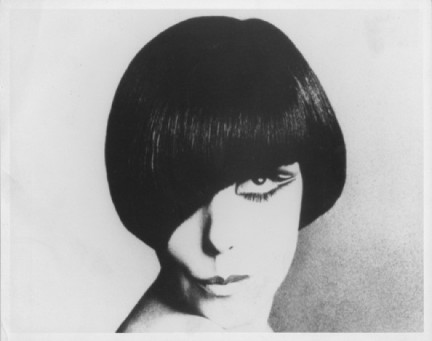



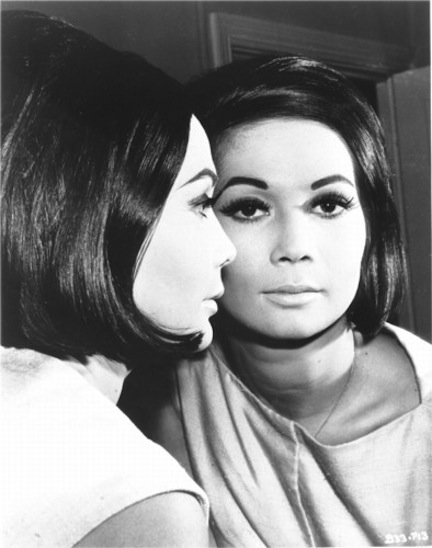
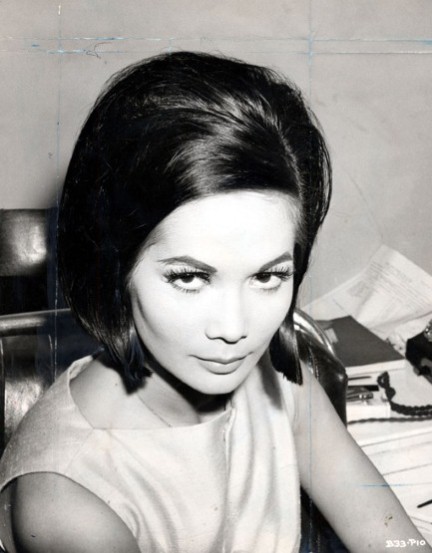
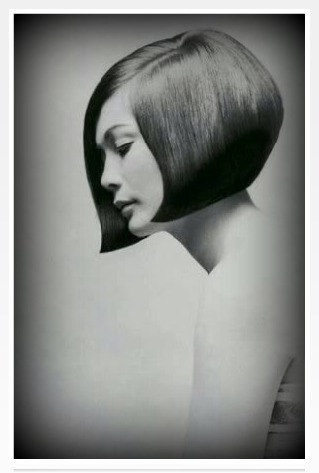

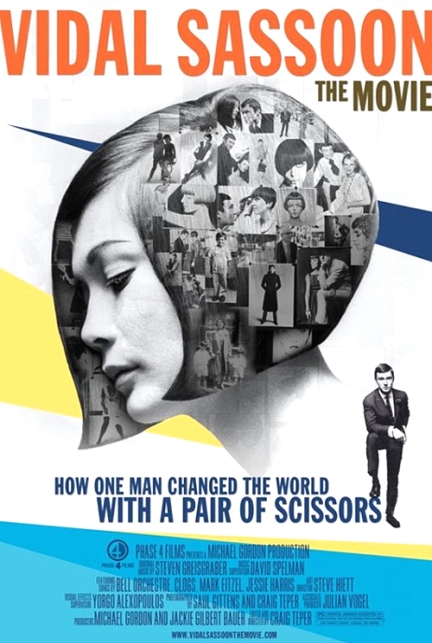
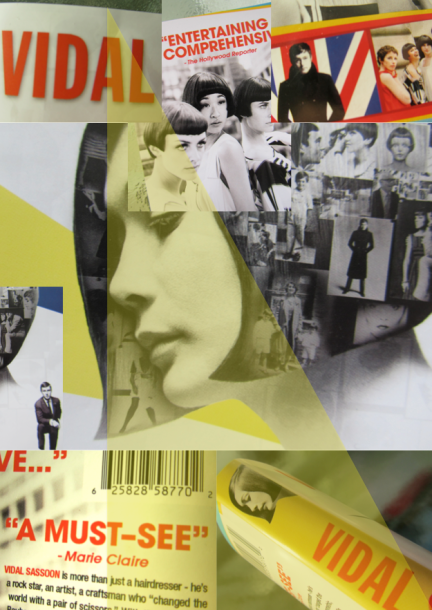


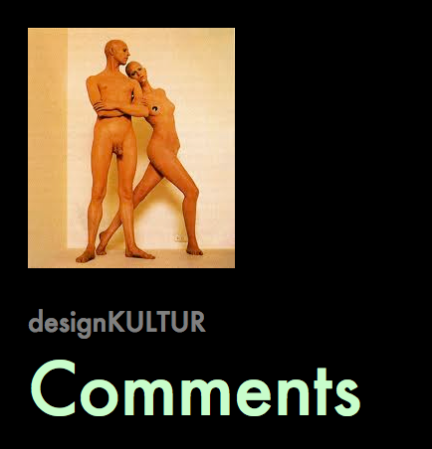


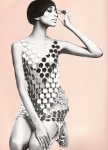





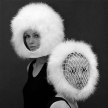


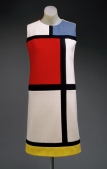
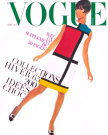
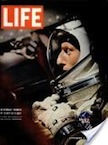

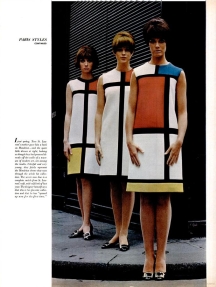



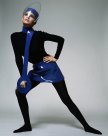
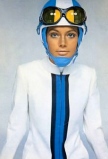

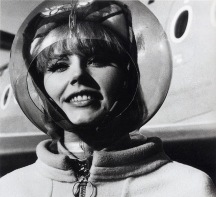
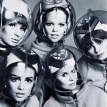
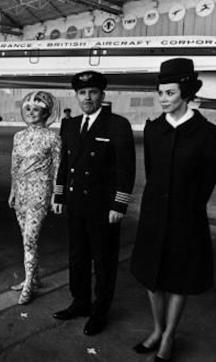
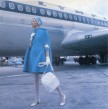
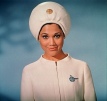
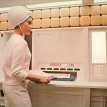





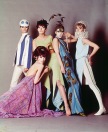
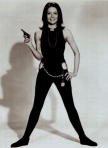



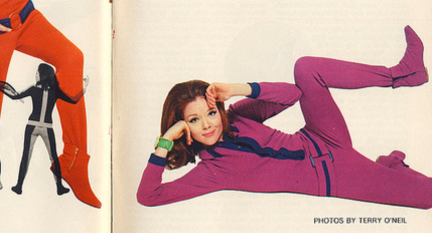


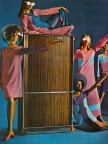

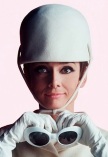



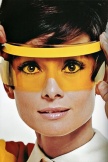
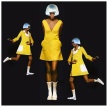


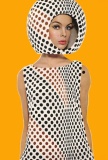
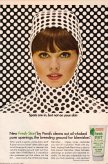
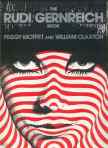

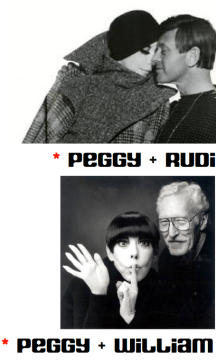
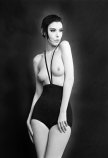
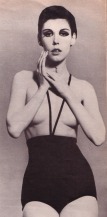
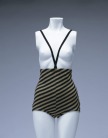
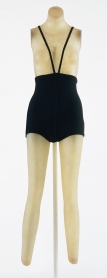

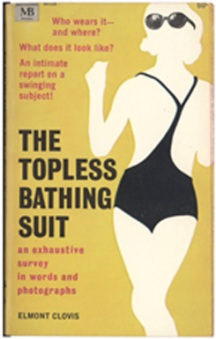
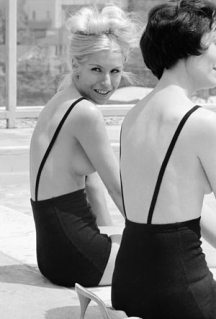

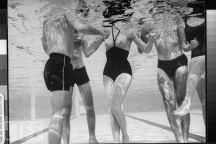
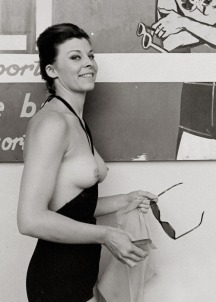
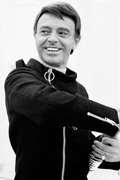

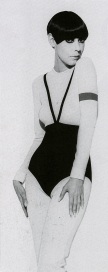
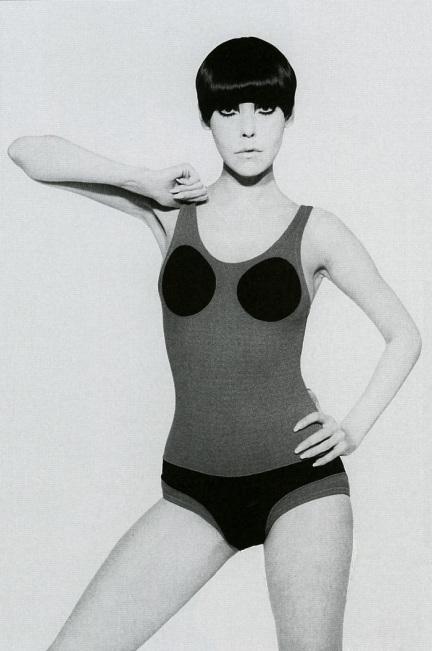
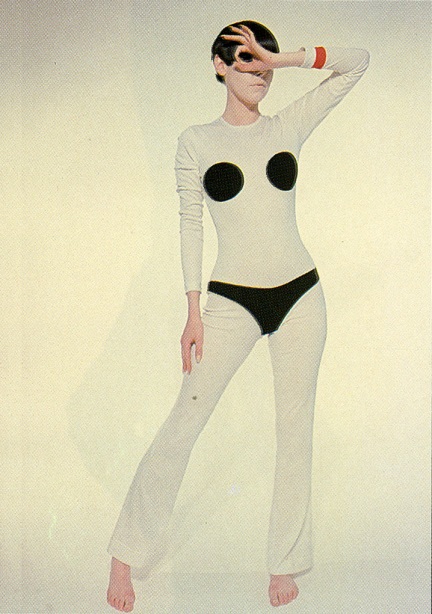
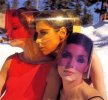




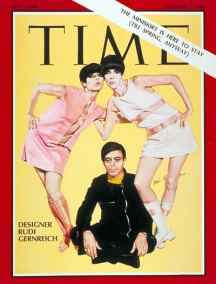
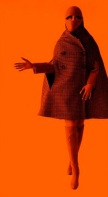



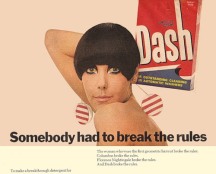



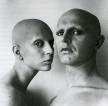



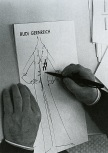



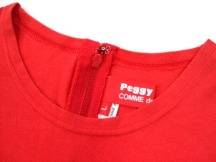

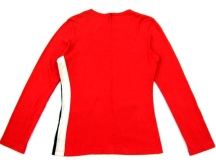


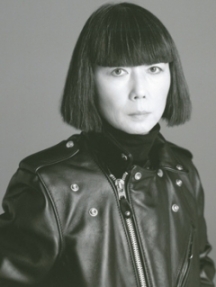
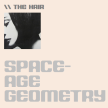
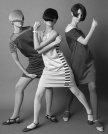

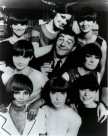


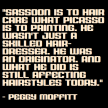
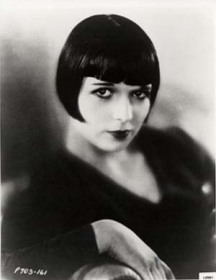
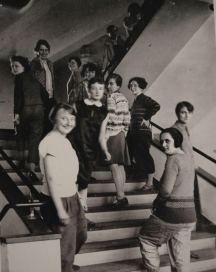
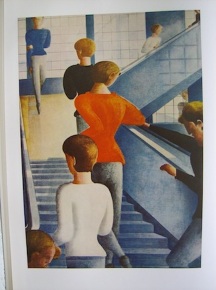
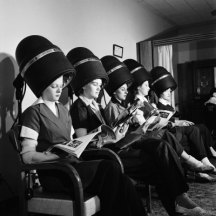

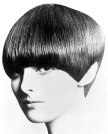





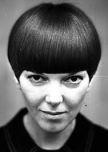


![Vidal Sassoon hairstyle with Mary Quant fashions swinging 1960s Western Women freedom[8]](https://designkultur.files.wordpress.com/2011/10/vidal-sassoon-hairstyle-with-mary-quant-fashions-swinging-1960s-western-women-freedom8.jpg?w=108)
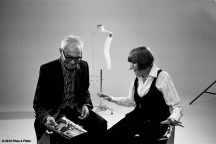
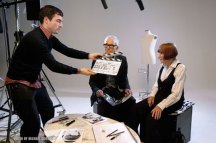



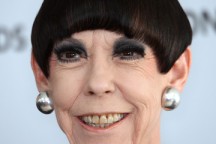
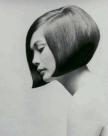



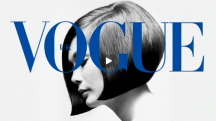


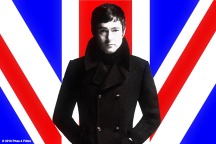
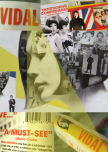


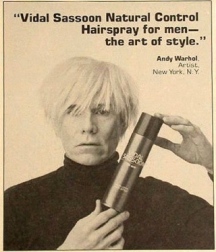

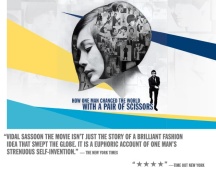


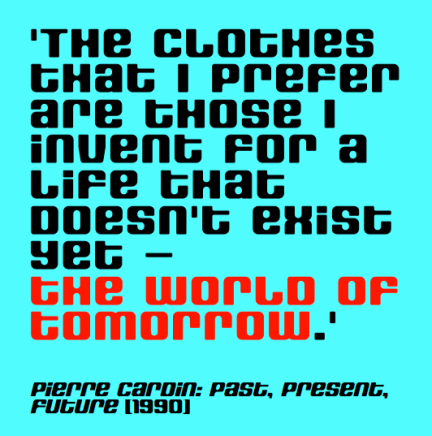






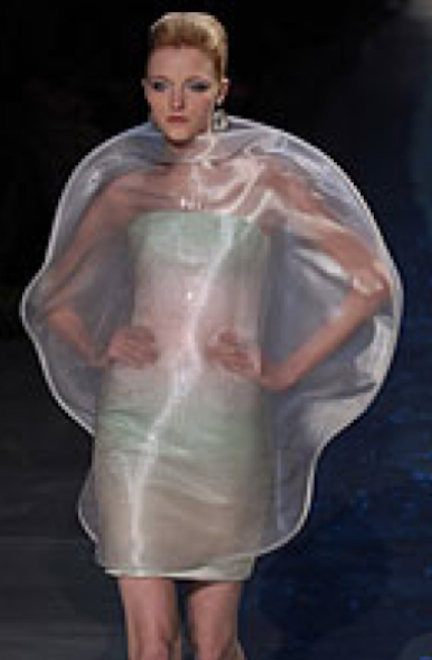
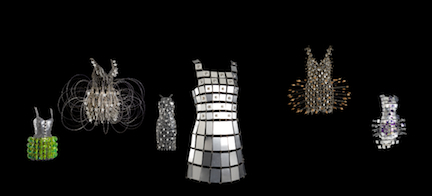







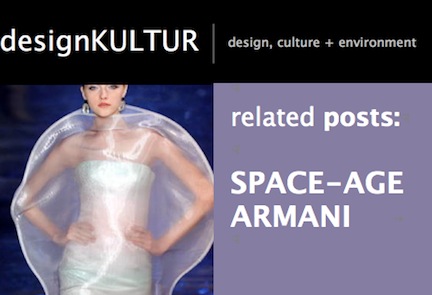
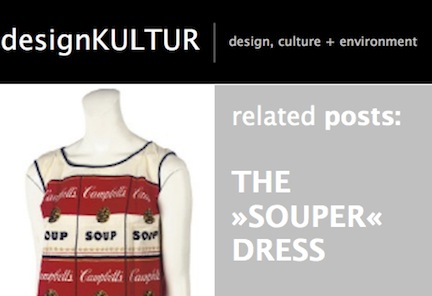
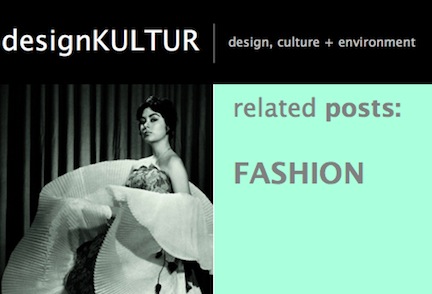




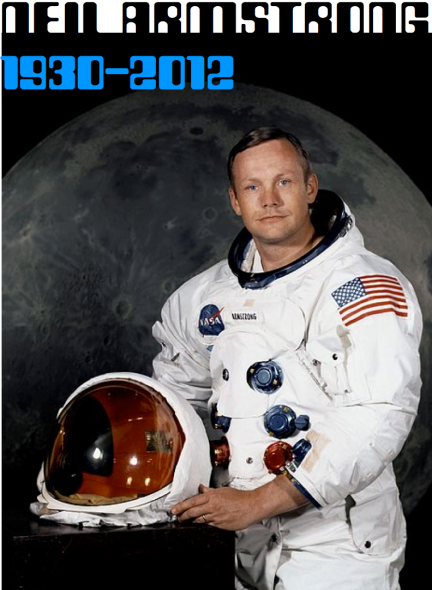


























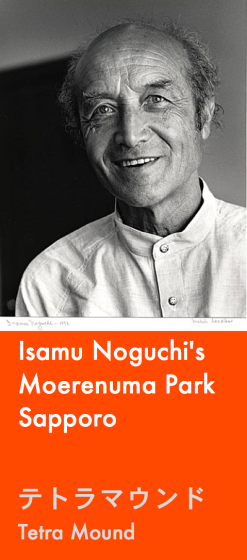

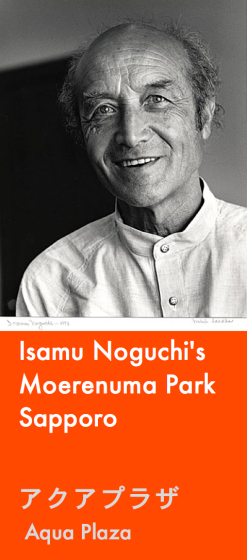

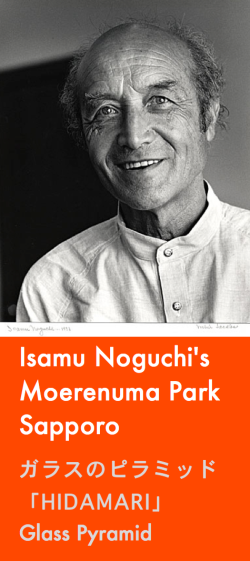







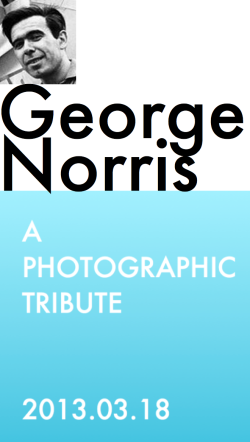









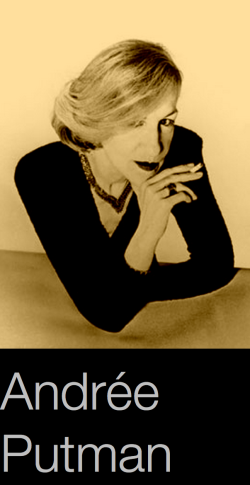


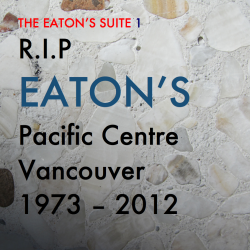













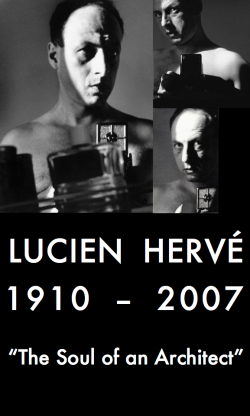
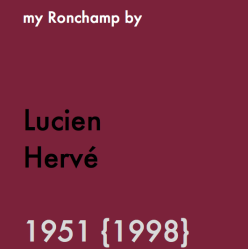































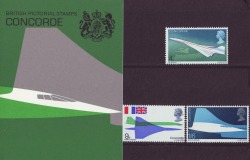
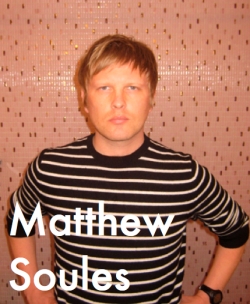




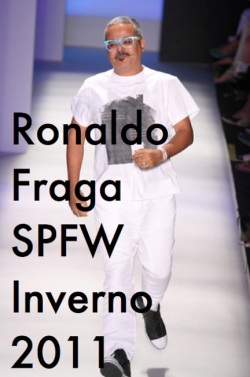






















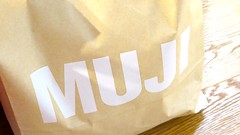
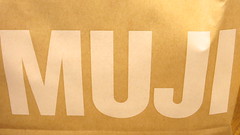


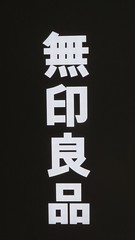









23 Comments
Jump to comment form | comment rss [?] | trackback uri [?]